An Overview of the Causes and Prevention of Waterborne Disease
What Brings about the Proliferation of Infectious Pathogens?
The causes and prevention of waterborne diseases are often related to several factors present in a particular area, which could trigger the conditions or the spreading out of the pathogenic microorganisms resulting to an epidemic. These causal factors include:
- The type of climate and weather in the region.
- Improper land use and overall economic development.
- The demographics and behavior of the human population.
- The type of industry and technology being used.
- Trade and commerce in relation to tourism or travel
- Education and poverty level.
- Conflicts, struggle and at times, war.
- Political will or the lack of it, in terms of addressing the malevolent social, economic and environmental conditions.
- Deliberate or planned intention to create harm or to wreak havoc.
However, before delving into their association with the known infectious maladies, let us first identify the microorganisms that have been identified as the disease-carrying pathogens that subsist in water.
Bacteria - Salmonellatyphi, Shigella, Legionella, Vibrio cholera and E. coli 0157:H7
Bacterial microorganisms are the most widely distributed, since they come in several forms and functions. Water is a natural habitat for every bacterium because their membranes have to be constantly hydrated to avoid drying-out.
The E. coli 0157:H7 is regarded as the worst of all the disease-causing bacteria that have been identified, as it is capable of producing toxins that can destroy human intestinal cells. E. coli 0157:H7 infections can lead to anemia due to its capability to cause damage to blood platelets, as well as destroy the cells of human internal organs, particularly the kidney.
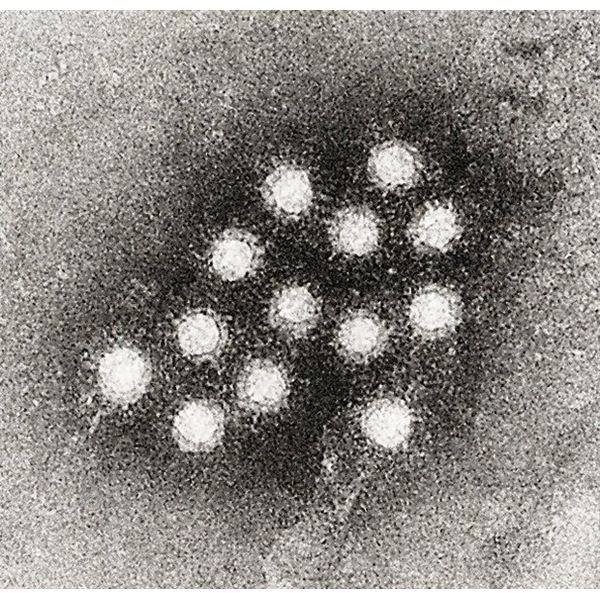
Viruses - Hepatitis A and Norwalk Virus
A virus is said to be dormant if it is unattached to a living host cell, but is capable of surviving even in harsh environmental conditions due to their protective protein coatings. Once they find a living host, they become active in the sense that they are capable of rapid reproduction and in doing so, infect the cells of the host to which they are attached. Viruses have only one type of nucleic acid (DNA) and are capable of surviving at room temperature while attached to human hands, food, surfaces and objects. Thus, the Hepatitis A virus is transmissible through fecal or stool contamination and can easily spread in places where there’s a lack of proper sanitation or observance of personal hygiene.
Another common type of viral pathogen is the Norwalk Virus, which is prevalent during winter as it causes ‘stomach flu” or the “Winter Vomiting Disease”. The name Norwalk was derived from Norwalk, Ohio, the place where the virus was first identified in connection with the outbreak of waterborne disease in one of the town’s primary schools.
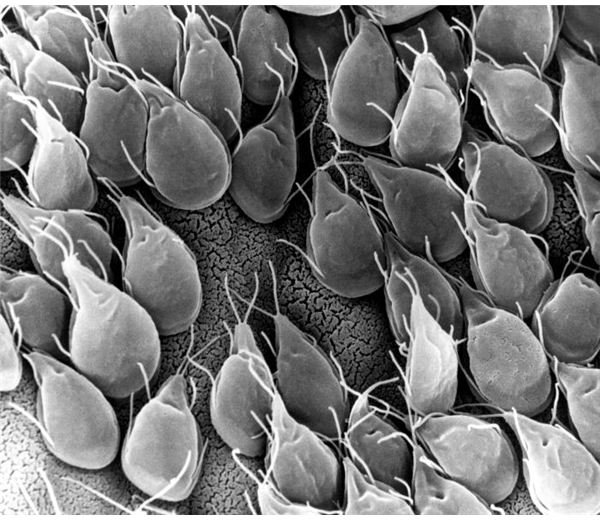
Protozoa - Giardia lamblia and Cryptosporidium
The protozoa species are commonly found in large bodies of water and have been established to be larger in size than the bacteria and virus. They can survive in the harshest of environmental conditions due to their ability to secrete a cystic covering that provides them protection from water disinfectants. This enables protozoan species to spread diseases like Giardia and Cryptosporidium, during its subsistence in a large body of water.
The Giardia lamblia is a parasitic microorganism that infects the human small intestine, leading to a gastrointestinal disease called Giardiasis. Accordingly, said disease takes place every year in the U.S. for which an estimated 2.5 million cases have been reported annually. The disease is commonly manifested by diarrhea, abdominal pain, cramping, bloating, debilitation and nausea. The disease can remain untreated for years but will lead to loss of weight due to the resulting malabsorption or the interference of fat absorption in the intestines.
The Cryptosporidium on the other hand_,_ is a parasite that can survive outside of a host body due to its outer shell, as it provides resistance even against chlorine-based disinfectants. They are commonly found in bodies of water for recreational purposes and in sources of drinking water, throughout every U.S. region and across the globe. A person infected with its disease, called Cryptosporidosis, can easily release the parasitic protozoa through fecal excretion; thus, improper hygiene or sanitation can cause the spread of the disease.
With the awareness of the characteristics of the different pathogens, it is easier to relate the circumstances that allow them to cause the spread of illnesses by way of water.
What Spurs These Conditions On?

Climate and Weather
Climate and weather are the most common factors that could trigger the occurrence of illnesses borne by water. Temperatures and frequency as well as severity of rain and snow falls tend to activate, mobilize, and / or propagate the presence and subsistence of pathogens.
-
The occurrence of flooding that carry-off effluent comes from damaged sewage treatment plants, camping grounds, parking lots, farms, livestock operations, sea vessels, industrial sites, municipal landfills and alleys. Run-offs increase the number of pathogens that are deposited on ground surfaces, as they eventually find their way into ground water levels, water sheds and other forms of water catchments that serve as sources of drinking water.
-
Contaminated run-offs are likewise carried to other open sources like the beaches, rivers and streams frequently used as recreational areas, for irrigation purposes, or for cooking and washing of implements at campsites.
-
Climate changes and increased sea water temperatures contribute to the distribution of chemical contaminants that were previously stored frozen inside melting ice sheets and glaciers.
-
The inappropriate disposal of contaminated garments and pieces of clothing worn by rescue workers and corpse handlers during unfortunate calamitous events, as these are often overlooked and could be among those included in the household clothes-washing chores.
-
The presence of Cryptosporidiosis, Giardiasis and Legionellosis has been observed to be higher during summer or during seasons of drought as temperatures get warmer. They are capable of spreading diseases, if the water being used for washing food that is eaten raw, carry these pathogens.
-
Diseases found in bodies of water that have been polluted by human and animal wastes, as well as by chemical toxins can cause infectious maladies like contact dermatitis, conjunctivitis, or infect open wounds, eyes, ears and throats. A skin disease known as leptospirosis can also be acquired from water, mud or sediments that are contaminated by urine discharge of rodents, and are likely to be fatal if not given proper treatment.
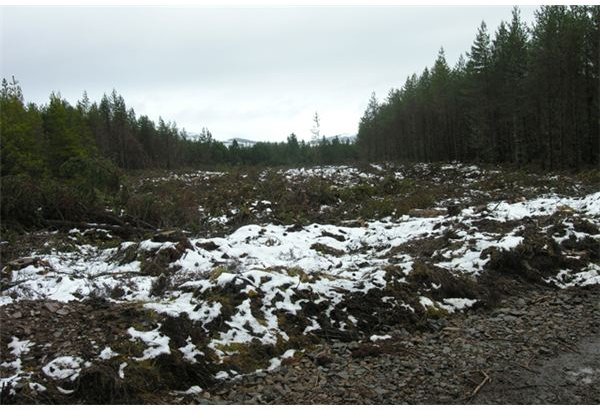
Land Use and Economic Development
Host/parasite relationships in a natural ecosystem can be disrupted in forest clearings, used as cropland or human settlements. The parasitic protozoas find new hosts among humans, farm animals and household pets, thereby causing the spread of infectious diseases.
The previous lack of understanding about natural forest mechanisms has released the disease-causing microbes into water reservoirs, grazing lands and muddy areas. Animals that have been infected serve as agents of contamination and microbe-proliferation, as run-offs carry their feces to other outlying areas and settlements.
The emergence of the contagious disease known as “severe acute respiratory syndrome” or SARS is attributed to improper land use where humans live in crowded conditions along with animals and wild fowls.
Economic developments also impact the increased susceptibility of a community to pathogens because of over-extractions from the river or from the introduction of saltwater into ground water, thereby increasing ecological damage.
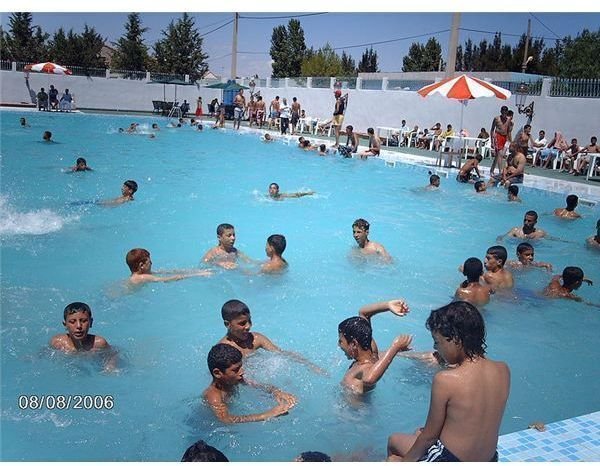
Demography and Human Behavior
Waterborne diseases like diarrhea, arsenicosis, cholera, fluorosis, guinea worm diseases, HIV or AIDS, intestinal worms and Schistosomiasis are only some of the infectious diseases caused by human behavior and activities. Such activities include:
- Poor hygiene and sanitation either as a lack of orientation, as a cultural practice or due to inadequacy of water supply.
- Sexual preferences and engagements.
- Bathing, clothes-washing and swimming in contaminated water.
- Religious traditions and cultural practices, in which a large body of artificially contained water considered as holy or blessed, serves as the communal bathing pool for both humans and animals.

Industry and Technology Being Used
Improper discharge of industrial wastes into rivers and streams as they flow into estuaries or water catchments for irrigation purposes, are one of the known causes of water contamination that spur the proliferation of waterborne diseases.
Although the U.S. government imposes stricter laws by requiring the use of waste treatments in industrial companies, some of the technologies used have also caused a degree of imbalance in the ecological system. Any imbalance in ecology results in the lack of biodiversity, in which one or two of the links to the food chain become lost, which could allow the possible domination of pathogenic protozoa.
This also includes the occurrences of industrial accidents and the resulting contamination that often affect the environment and its water systems. (I.e. nuclear accidents and oil spills)

Tourism or Travel in Relation to Trade and Commerce
The mobility of humans carrying parasitic and infectious diseases, can likewise impact the spread of illnesses. This combines with the factor concerning demography and human behavior. Tourist interactions particularly in the trading sector involve the exchange of currencies, the use of facilities, tools, utensils, drinking glasses, bathrooms and fixtures, as well as the rendering of services, all of which, contribute to the transmission of parasitic infections.
Education and Poverty Level
The general population’s lack of knowledge of the causes of waterborne diseases due to the nation’s poverty level, also influence the occurrence of water contamination or the spread of diseases, as all other factors previously mentioned combine.
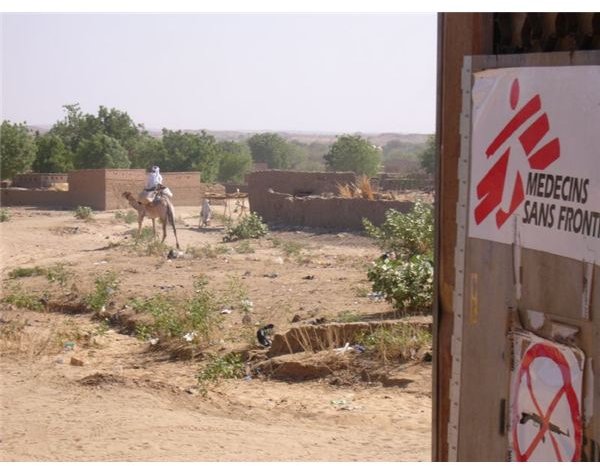
War and Conflicts
The destructions brought about by war and conflict leave communities with damaged water systems as pipes are broken and left open to contamination. Drainage and sewage systems overflow and the liquid discharges find alternative avenues in which to exit, thus frequently resulting in the overall degradation of the environment. Armed confrontations leave behind corpses that are often left exposed and unburied, and this contributes to more run-offs that carry disease-causing pathogens.
Lack of Political Will in Addressing the Social, Economic and Environmental Conditions
There are those with autocratic rulers who keep the general citizenry weak and helpless. This is in order to avoid any uprising against their political excesses by deliberately ignoring the population’s social, economic and environmental needs. This of course leads to famine and diseases, which subsequently lead to the degradation of land and water contamination.
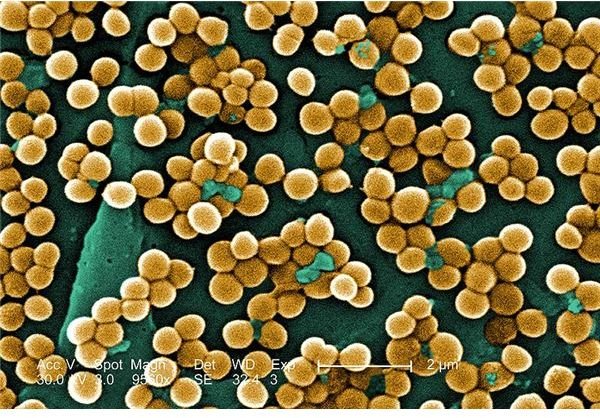
Use of Biological Toxins to Contaminate Water Sources
Governments and the World Health Organization are not discounting the possibility that these pathogens are being used intentionally as a form of biological toxins to carry out terrorist attacks. The objective is to impair and disable a nation in putting up armed defenses, since a majority of the affected country’s time and resources will be used to address a nationwide epidemic.
Preventive Measures

Microorganisms like bacteria, virus and protozoa are naturally occurring in the environment. They are in fact regarded as the oldest living organisms that exist in today’s environment. Thus, eradication is impossible as their absence would cause a rift in the natural balance of ecology.
The government’s courses of action therefore include, instituting root-cause barriers against the enumerated causal factors that contribute to the spread of waterborne diseases. Prevention on a community level, on the other hand, includes but is not limited to the following:
(1) The regular application of disinfectant into the distribution line of drinking water, as a means to render the microbes inactive or unable to produce disease-causing substances. This method, however, can be affected by the presence of solidified materials present in the water; thus, to be effective, impurities should be first removed. It is likewise suggested that adequate amounts of disinfectant be retained in the drinking water to serve as a barrier against potential problems.
(2) Maintaining barriers between the source of public water supply and the sewage water or storm water drainage and its outlets.
(3) Observing periodic flushing of the distribution system to eliminate or prevent static water in slow-flow areas.
(4) Ensuring systematic and regular repairs and maintenance of the distribution lines (e.g. broken mains, pipes, valves and fittings including service meters).
(5) Setting standards and criteria for results of treatment techniques and issue regulations for the monitoring of contamination levels of public water sources, particularly after the occurrence of a power failure or supply stoppage.

(6) For homes that have their own well water sources, it would be best to have the well water tested during spring, summer and fall to serve as red flags against bacterial contamination. If in case there are indicators of water contamination, have the well water checked as soon and as frequently as possible.
(7) Disinfect the plumbing system with chlorine solution after performing maintenance or repair work in the well and/or in the plumbing system itself.
(8) Periodically check the well system for cracks or unsealed joints to institute timely repairs.
(9) Ensure that old, below-grade and buried well pits remain unused and properly plugged and sealed.
(10) Determine the sources of well water, as they may be connected to ground water springs or to wells near the shore that are exposed to human and animal activities. The general rule is that, all untreated water should be regarded as unfit for human or even animal consumption.
(11) Survey the area and check if there are any sources of contaminants present, like:
- Impaired or malfunctioning septic systems
- Farms or grazing lands where the disposal of livestock manure is not properly managed
- Fuel or oil spills from storage tanks
- Dilapidated buildings littered with building wastes like shards of broken glass, paint and solvent discards including cans, bottles, rollers, etc.
- Abandoned buildings infested with or used as breeding grounds by rodents.
- Excessive and frequent road or traffic run-offs
(12) Always check for public announcements in order to learn if there is any “Boil Water Advisory”.
The Earth is old and so are the bacteria, viruses and protozoa that exist in our midst. They may be the causes of waterborne diseases but prevention and control are the only means, by which we can avoid the illnesses that they bring. They have lived on Earth ahead of us, and for all we know, the release of disease-causing substances is only a part of their defense mechanisms.
References
- Hepatitis A – http://www.dhpe.org/infect/hepa.html
- What is Cryptosporidiosis? http://www.medicinenet.com/cryptosporidiosis/article.htm
- Image by oceanservice.noaa.gov Oil-spill – Wikimedia / public domain
- Image by George Brown – Forest clearing - / Wikimedia CCA-SA 2.0 Generic
- Image by Dr. Stan Erlandsen – A scanning electron micrograph of the surface of the small intestine of a gerbil infested with Giardia sp. protozoa Wikimedia / public domain
- Image by Graham Horn –The flooding seems to be due to run off from the fields meeting a low point on the lane, rather than the burn being high./ Wikimedia CCA-SA 2.0 Generic
- Image by JrPol Bacteria / Wikimedia Commons CCA-SA 3.0
- Image by Janice Haney Carr, Numerous clumps of methicillin-resistant Staphylococcus aureus bacteria / Wikimedia / Centers for Disease Control and Prevention’s Public Health Image Library
- Image by CDC Betty Partin-- Cropped image of an electron micrograph of the Hepatitis A virus (HAV). / Wikimedia CCA/SA License;
- Image by Dennis Jarvis Money flows like water CCA-SA 2.0 Generic
- Image By Popular Science Monthly Volume Wikimedia / public domain
- By Bartram, J and Carr, R. Section II - An introduction to emerging waterborne zoonoses and general control principles – http://www.who.int/water_sanitation_health/diseases/zoonosessect2.pdf
- Water Safety : Pathogens and Your Well Water – http://www.health.gov.on.ca/english/public/pub/watersafe/watersafe_pathogens.html
- What is Norwalk Virus? http://microbiology.mtsinai.on.ca/faq/norwalkfaq.shtml#one
- Image by LinCity-NG Water well / Wikimedia CCA/SA License
- EPA- Preventing Waterborne Diseases –http://www.epa.gov/microbes/h2odis.pdf
- Image by ramzi tamlouka piscine Wikimedia / public domain
- What is giardiasis? – http://www.medicinenet.com/giardia_lamblia/article.htm
- Waterborne Diseases Impacts on Risk- Centers for Disease Control — http://www.cdc.gov/climatechange/effects/waterborne.htm
- The First Organisms - Origins of Life http://life3.beyondgenes.com/
